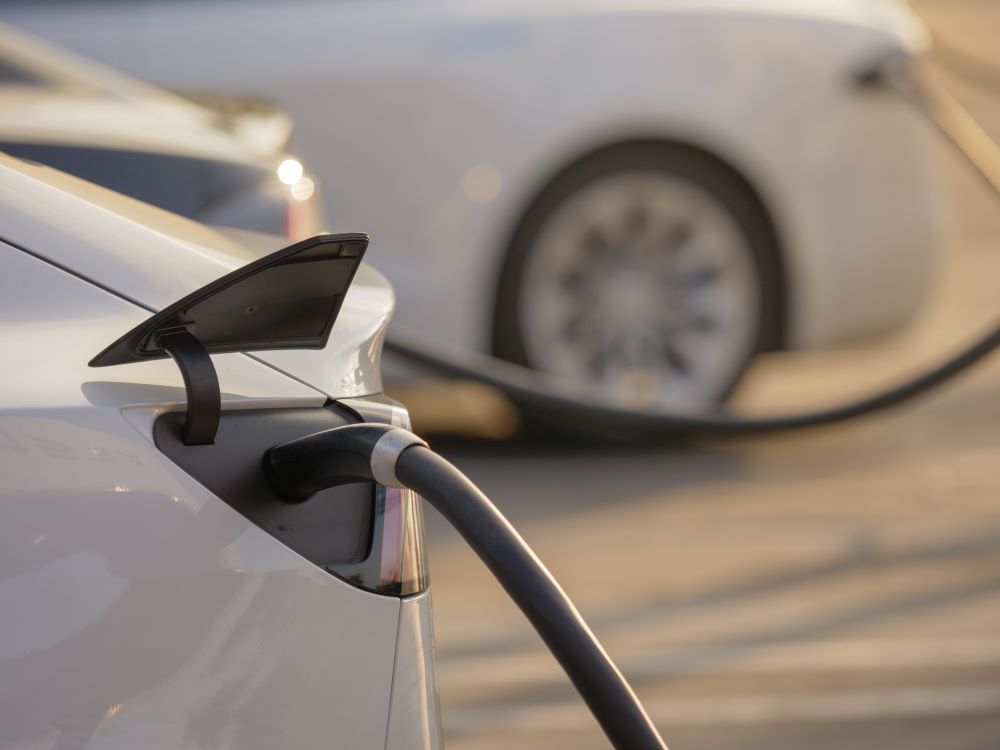Impact of the 2024 US Election on Transport – The intersection of politics and technology is nowhere more pronounced than in the transport sector—a realm poised for a paradigm shift with the upcoming 2024 US election cycle. As the world’s politics pivot towards more sustainable models, the ripples can be felt on the road, in the air, and across the seas. This blog post unpacks the prospective changes and innovations that might steer the future of transport in light of climate change commitments and electric vehicle (EV) adoption.
A New Era for Electric Vehicles
Recent announcements from the US government reveal an allocation of $623 million in grants to catalyse the country’s burgeoning EV charging network. With an ambitious target of half a million public chargers by the decade’s end, it’s clear that the EV revolution is shifting gears. This initiative dovetails with a portfolio of existing programs like high-speed chargers on primary highways and a variety of EV and alternative fuel projects, all intended to grease the wheels of clean transportation.
Bloomberg’s latest report spotlights a significant milestone: Global investments in electrified transportation have outstripped those in renewable energy for the first time. With spending surging to $634 billion—up by 36 percent—this is indicative of a concerted focus on manufacturing electric vehicles, developing battery technology, and establishing charging infrastructure.

A New Era for Electric Vehicles
Battery Breakthroughs: Powering a Sustainable Future
Concerns around battery range and lifespan continue to linger as roadblocks to EV adoption. Enter QuantumScape‘s solid-state battery—a potential game-changer capable of enduring over 500,000 kilometers with minimal performance fade. Such innovations could significantly extend the operating life of EVs, curtailing the environmental toll linked to frequent battery replacements.
Aviation Adjustments for Climate Mitigation
In an intriguing development reported by New Scientist, we learn of a study from Delft University that provides an airborne antidote to climate change. By merely adjusting flight altitudes, planes could potentially minimize contrail formation—responsible for about half of aviation emissions. This practice suggests a hopeful trajectory towards reducing the environmental footprint of air travel, even accounting for marginally increased fuel usage.
Navigating Neoteric Seas
The maritime sector faces challenges amid the Red Sea crisis, with escalating attacks compelling rerouted shipping, consequently driving up greenhouse gas emissions. These pressures are compounded by climate change complications affecting the Panama Canal. Yet innovation sails on, as demonstrated by Spanish firm bound4blue. Their 22-metre eSail, affixed to a commercial vessel, promises a reduction in fuel consumption by 10%. Critically, this tech is retrofit-friendly, casting a lifeline to legacy fleets.
On Rails to Sustainability
Trains epitomize the shift towards low-emission transport. They not only embody the romance of rail travel but now represent its innovative spirit. The Spanish consortium Hympulso has unveiled a dual-hybrid battery traction system, revolutionizing Talgo’s 250 train with hydrogen fuel cells and batteries. With such initiatives chugging along, railways sketch out an electrifying prospect for sustainability.
In the UK, Govia Thameslink Railway (GTR) unspools its comprehensive blueprint towards carbon neutrality by 2050. Boasting an operational fleet that is already 97% electric, GTR’s roadmap encapsulates energy regeneration from braking and the electrification of diesel-powered sections. In locations where overhead wires are unfeasible, battery units stand ready to take the strain.
The Road Ahead
As the US navigates through the political fervour of the 2024 election, transport stands on the cusp of transformation. With extensive investments and imaginative solutions on the horizon, the journey towards a cleaner, more sustainable future within transport sectors seems assured. The impact of these elections on U.S. transport policy might just steer us closer to an era of sustainability we have long envisioned—for the sake of our planet and future generations.
Transportation is in transition. Shared in the discourse of the upcoming election cycles, societal demands, and technological advancements, this sector promises a front-row seat in witnessing how policy shapes progress. As we move forward, one thing is certain: The decisions made today will pave the roads of tomorrow. As citizens and consumers, our role is as vital as ever in supporting and adopting these transformative initiatives.







